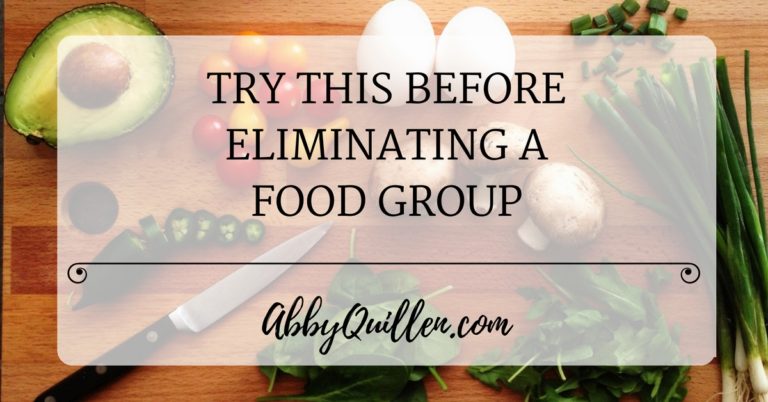Try This Before Eliminating a Food Group
Most women I know have cut out dairy, gluten, grains, legumes, or soy or experimented with a diet that eliminates a food group, such as Paleo, Keto, or Whole 30. Some men I know have too. I’ve been there as well. (More on my story below.) Here’s what I wish I could tell my younger…
